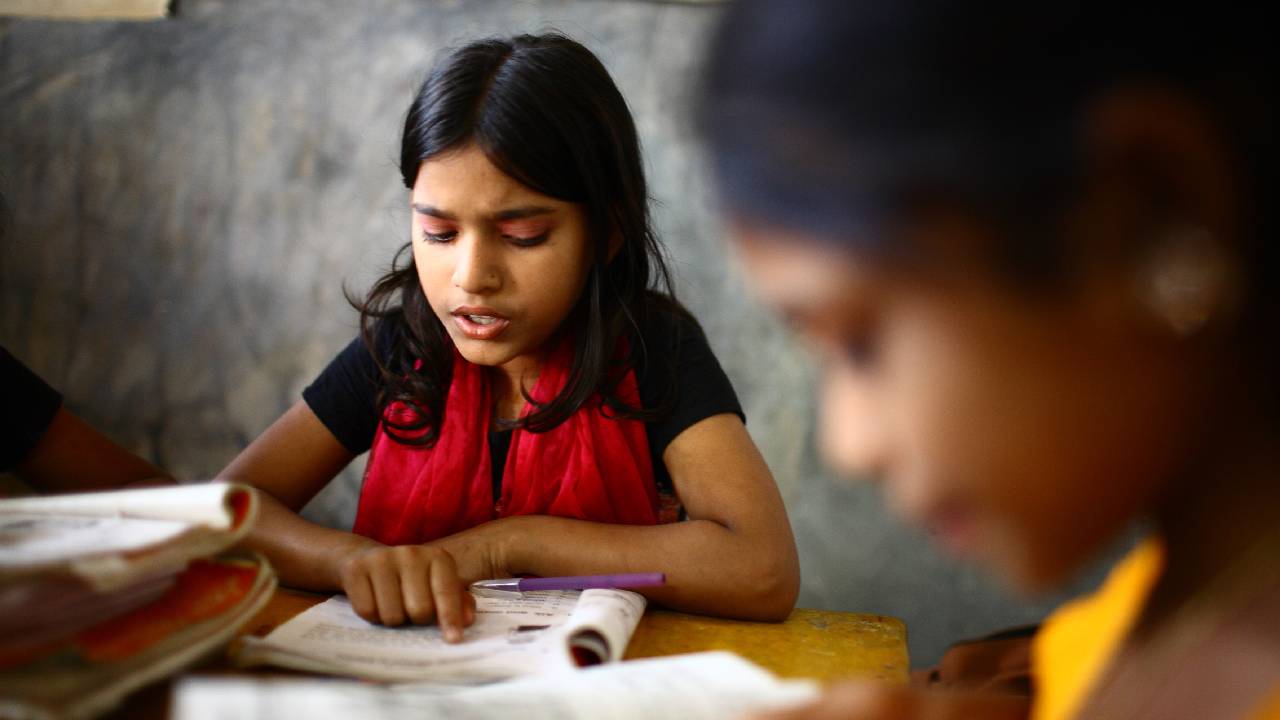According to a new report by UNICEF, based on the analyzation of data from more than 100 countries and territories, boys are up to 1.3 times more likely to be proficient in mathematics than girls.
Negative gender norms and stereotypes often held by teachers, parents and peers about girls’ innate inability to understand mathematics contribute to this disparity. This also undermines girls’ self-confidence, setting them up for failure, says the report.
Learning math skills in turn strengthens memory, comprehension and analysis while improving children’s creative abilities, says the report.
“Girls have an equal ability to learn mathematics as boys – what they lack is an equal opportunity to acquire these critical skills,” said UNICEF Executive Director Catherine Russell.
“We need to dispel the gender stereotypes and norms that hold girls back – and do more to help every child learn the foundational skills they need to succeed in school and in life.”
Ahead of the United Nations Transformation of Education Summit next week, UNICEF warns that children who do not master basic math and other key learning skills may struggle to perform critical tasks such as problem-solving. and logical reasoning.
The report also notes that the impact of the COVID-19 pandemic has likely further aggravated children’s math abilities. Furthermore, these analyzes focus on girls and boys who are currently in school.
In countries where girls are more likely to be out of school than boys, overall disparities in math proficiency are likely to be even greater.
Against this background, UNICEF calls on governments to commit to providing all children with a quality education.
It also urges new efforts and investments to get all children back to school and retain them, to increase access to remedial teaching and learning, to support teachers and give them the tools they need, and to ensure that schools provide a safe and supportive environment so that all children are prepared to learn.


























